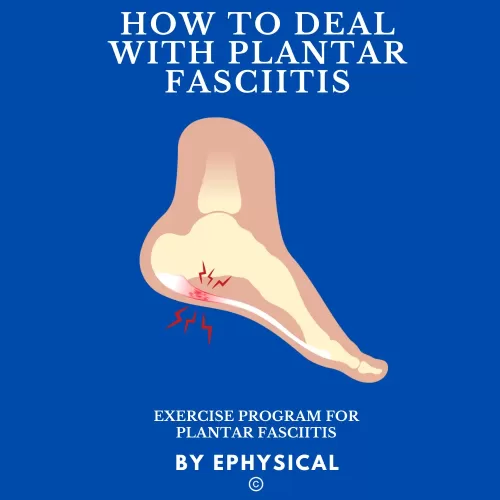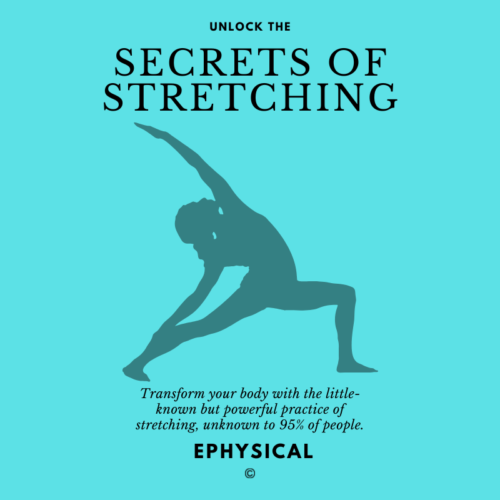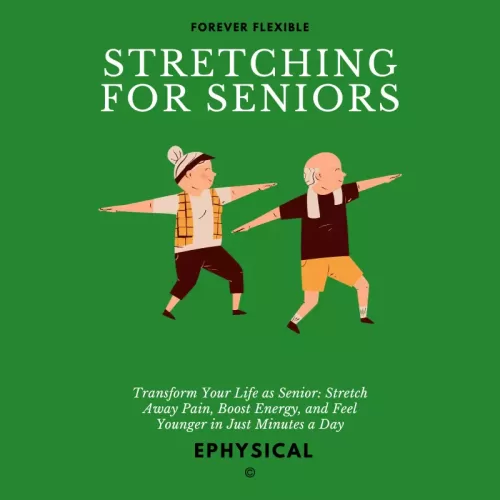Active Range of Motion Exercises
Active Range of Motion Exercises
Improving the function of the joint and increasing the range of motion is the goal of active range of motion exercises. Those exercises help you move better and they improve joint health overall. You can measure a range of motion by using a goniometer.
Indication for active range of motion exercises:
- Limited range of motion/Flexibility.
- Recovery after injury.
- Poor posture.
To increase range of motion, you can combine active range of motion exercises with other things such as aerobic training and foam roller. Read 13 ways to increase range of motion blog post.
Active range of motion exercise is also known as arom exercise.
How to Perform Active Range of Motion Exercises?
- Controlled moves. Focus on doing exercises slowly, without any jerky movements.
- Make a routine. Create a list of your favorite exercises and make sure you go through all of them.
- Breathing. Proper breathing techniques let you exercise more comfortably.
- Fight discomfort. Discomfort from exercising shouldn’t stop you from advancing. It will pass over time.
Consult your doctor if you experience an unbearable amount of pain during any movement or at rest. Active range of motion exercises shouldn’t provoke sharp pain at all.
Neck
Start with sitting on the chair. Relax your shoulders and breath in. From that point, you can do the following arom exercise:
- Try to reach the chest with your chin. You will improve neck flexion.
- Rotate your head to one side. Reach the shoulder with the chin. You will develop neck rotation.
- Reach the shoulder with your ear. You will improve lateral flexion.
Breath out during arom exercise and always make sure that your shoulders are relaxed and not moving (especially during rotation and lateral flexion).
Bonus exercise – Neck Protraction and Retraction.
The starting position is the same as for other neck exercises. Move your head forward as long it is comfortable. This movement is called protraction. The opposite motion is when you pull your head backward, and it’s called neck retraction.
Make sure that the head is in the horizontal line all the time. This exercise is very beneficial if you are sitting a lot.
Shoulder
Start from standing position, with arms and shoulder relaxed. Breath in and take one exercise at a time:
- Raise your arms forward. Try to reach up as much as possible. Avoid moving chest or looking up.
- Raise your arms to the side. Bring your hands together above the head.
- Shoulder shrugs. Lift shoulders while maintaining your spine upright.
- Reach opposite shoulder. Move the arm behind your head and reach for the opposite shoulder.
- Reach opposite shoulderblade. Move the arm behind your back and touch the opposite shoulder blade.
- Shoulder rotation. Bend elbows and rotate arms externally while holding elbows to your body.
Those are basic arom exercises for increasing the range of motion in the shoulder joint.
The shoulder is a very mobile joint and active range of motion exercises help you maintain that mobility. Any limitation in shoulder movements decreases the functionality of the surrounding joints, muscles and ligaments.
Elbow
Start from a sitting position with relaxed arms.
- Bend and extend your arms. Reach shoulders with hands while holding the elbow in place. Then focus on extending elbows to their fullest.
- Rotation in a flexed position. Hold your arms bend while rotating the elbow in both ways. Movement is known as supination/pronation.
Wrist
Start from a sitting position with relaxed arms.
- Extension and flexion. Move your hand up and down so that fingers point towards the ceiling or floor.
- Circles. Make a circle movement with your hand in both directions.
Fingers
- Make a fist. Hold for 3s and relax.
- Extend the fingers. Open your hand and stretch your fingers.
- Thumb to fingers. Move your thumb to other fingers.
Hip
Lay down on your back with legs extended. Take a breath in and start with active hip exercises:
- Lift the leg up. Reach as much as you can. Afterward, flex the knee so it comes to the chest.
- Leg Rotation. Rotate your leg in both ways while it’s on the ground.
- Side leg lifts. Lift your leg and move it to the side.
- Hip extension. Lay down on your stomach and extend one leg. Another way to perform hip extension is to flex knees to 90 degrees and extend both legs.
Knee
- Knee extension. Start from a sitting position and extend one leg. Hold for 5s and relax knee.
- Knee flexion. Lay down on the stomach and try to reach gluts with heal. Flex knee as much as you can.
- Knee slide. Lay down on the stomach with one leg extended. Bend and extend the leg while holding heal on the ground.
Ankle and Foot
Starting position: laying down on the back.
- Ankle flexion and extension. Bend and extend the feet.
- Ankle rotation. Circular movements in both directions.
- Toe flexion and extension. Focus on moving toes up and down, instead of feet.
Thank you for reading our blog post. Explore other topics here. Stay in touch with us on social media – facebook or instagram.





